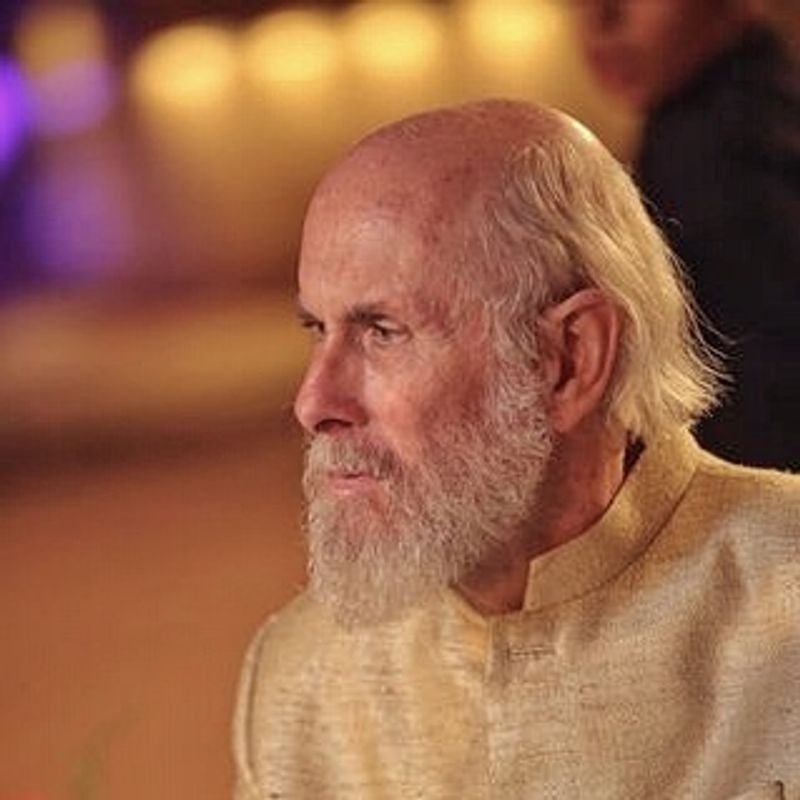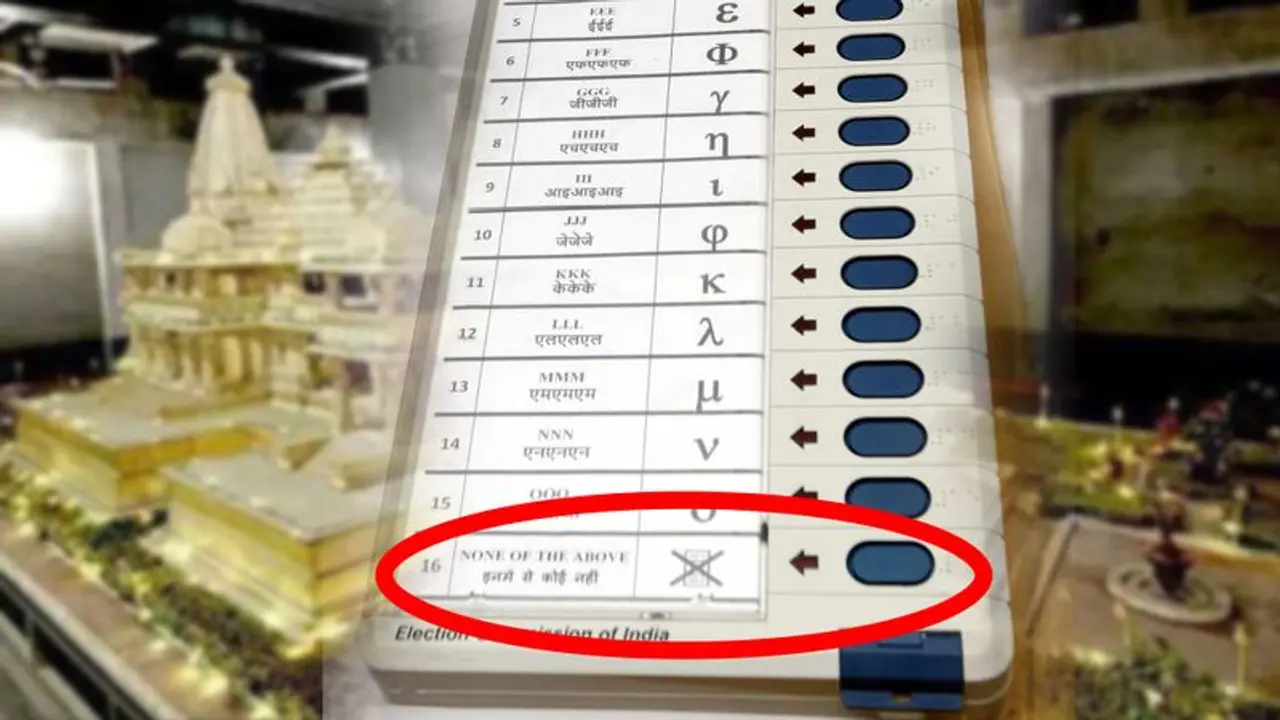Surely, anti-dharmic forces are daunting and deep-seated but their power is on the decline and it must be further reduced. This may take more than another five years. In fact, it must remain an ongoing and enduring endeavour for decades to come.
Swami Dayananda (Arsha Vidya) proclaimed that the Hindu vote is sacred. He encouraged all Hindus to vote and for the best possible candidates, not to throw one’s vote away.
 Hindus are probably the least politically active of any major religious group, not only in India but throughout the world. Many Hindus seem to feel there is merit in not voting or in not being political — as if their lack of any political assertion might bring peace and harmony for everyone.
Hindus are probably the least politically active of any major religious group, not only in India but throughout the world. Many Hindus seem to feel there is merit in not voting or in not being political — as if their lack of any political assertion might bring peace and harmony for everyone.
Yet, the result of Hindus refusing to vote is that Hindu causes seldom receive support and old anti-Hindu stereotypes continue unquestioned. There is no politically significant Hindu vote in countries like US or UK that have about as many Hindus as Muslims, though there is a Muslim vote that politicians carefully consider even in spite of Islamic terrorist attacks. Clearly, voting does matter and brings influence and power.
NOTA or None Of The Above is a voting option for those who find all candidates to be objectionable, yet want to make a statement at the polls. There is a small but vocal NOTA movement among Hindus, though not among other groups.
NOTA appears as another manifestation of Hindus not voting – as if it were a virtue to let other groups control the political field. Meanwhile, you observe from the sidelines, hoping your inaction will be respected when it more likely encourages other groups to ignore or to oppress you. While NOTA seems to be making more of a political statement than not voting at all, its results are not different. It doesn’t help the best possible candidates but places all candidates on par with the worst.
Other groups, even those who may not find any candidates to be ideal for them, including the usual religious, casteist and leftist vote banks in India, vote for the candidates that best further their interests. Their main intent today is to vote against Narendra Modi and the BJP. In this regard, for them “Anyone but Modi” is enough.
NOTA and non-voting Hindus lack this strategic outlook. If they don’t have an ideal candidate, they prefer not to vote for anyone, even if it might bring back into power candidates and parties that have done tremendous harm to Hindu causes for decades.
Questions to consider
One could say that the BJP has not built the Ram Mandir, has not removed Hindu temples from state control or court regulation or has not radically changed the educational policies that discriminate against Hindus. Whether all that can be done by the central government or in a few years, when decades have transpired to create a powerful anti-Hindu ecosystem in political and legal circles, can be debated. It can also be debated whether Modi government efforts to fix the bankrupt economy his government inherited, improve sanitation, help the poor, protect the ecology, or expand India’s foreign policy outreach, have their own value.
In addition, Modi and BJP state governments have done much to improve temples, create temple tourist circuits, limit illegal NGOs that are often anti-Hindu, and bring Hindu Dharma into the mainstream and into foreign policy in a way that previous governments would not consider. Modi has brought in staunch Hindu leaders into power like Yogi Adityanath.
That Narendra Modi has improved the image of Hindus in India can be clearly ascertained by how opposition leaders from Rahul Gandhi to Mamata Banerjee now court the Hindu vote that for years they felt was so inconsequential they didn’t simply ignore it but derided it, with charges of Hindu terrorism and saffronisation of education. We can also see how determined anti-Hindu forces are to remove Modi from power, which would not be the case if he were not furthering any Hindu causes.
Yet, that the image and power of Hindus have come up under Narendra Modi does not seem enough for NOTA Hindus, who expected something more consequential. Fair enough, much more could be done to remove discrimination against Hindus particularly in education. But is giving power to your enemies the best way to further your causes that require years to implement? One can remember similar sentiments in the Vajpayee era, yet they only brought in ten years of UPA, with massive corruption and direct assaults on Hindu identity, institutions and leaders.
I would propose it is better for Hindu groups to suggest an agenda for Narendra Modi 2.0 on continuing to remove discrimination against Hindus, as if he is re-elected in 2019 there is much more his government can do in the next five years, given the difficult and time-consuming foundation work he has had to focus on during his first five years.
The way forward
Dharmic groups must vote realistically and strategically with a long-term vision. To bring a higher dharma into India is a generational issue, not simply the matter of a few elections. Hindus need to give up their tendency to defeatism and move forward, not simply with greater expectations but with greater practical efforts to implement their views in a systematic manner, working both with the government and on their own.
This cannot occur by abandoning the political battlefield, our modern Kurukshetra, and giving the fruits of victory to the same old anti-Hindu groups. Fortunately, most Hindus have learned the lessons of previous elections and see the value of holding on to power and making progress, even if that progress might not always be as quick as they would wish.
Surely anti-dharmic forces are daunting and deep-seated but their power is in decline and must be further reduced. This may take more than another five years. In fact, it must remain an ongoing and enduring endeavour for decades to come.
